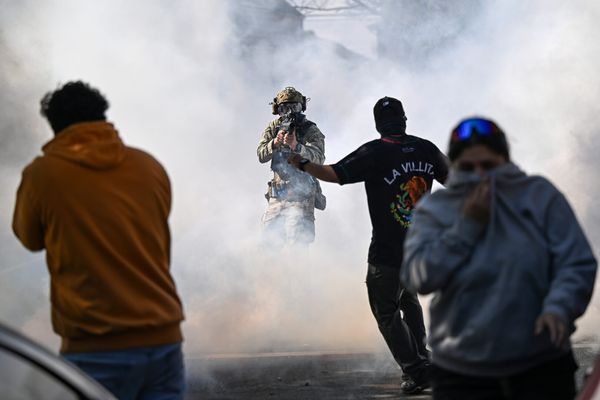
A damning report on emergency healthcare illustrates an urgent need to improve both GP affordability and hospital funding, medical groups say.
Data released on Wednesday showed severely unwell patients in NSW had a one-in-two chance of not being seen within the recommended 10 minutes in the September quarter.
Overall, emergency department patients waiting longer than recommended rose to a record high of 38.7 per cent - far above the 26 per cent national average.
The NSW Bureau of Health Information data was released alongside a survey showing two in seven people visiting NSW EDs thought their condition "definitely" or "to some extent" could have been treated by a GP or other health professional.
However, most said their preferred GP or health service was closed or had no suitable appointments at the time.
The NSW government seized on the survey results as proof federal governments were at fault for a shortage of GPs, growing gap fees and people feeling they had "little choice" than to turn up at an ED.
But medical organisations said funding had to improve across the board, including states getting more involved in GP and other preventative care.
"The system is broken and pouring billions more taxpayers' dollars into hospitals and non-doctor services won't fix it," Royal Australian College of GPs NSW chair Rebekah Hoffman said.
"It's deeply frustrating to see governments continuing to pour billions into hospitals when we know the best investment is funding preventive care and management of chronic conditions by GPs in the community."

Patients and doctors were both frustrated that promises of timely emergency care often could not be met, the union representing hospital doctors said.
"If you're trying to advertise world-class healthcare, you need to resource it properly," emergency physician and NSW president of the salaried medical officers union Nicholas Spooner told AAP.
"At the moment, patients are getting bog-standard and - some would argue - at times unsafe care."
The unprecedented pressure on the hospital system came as NSW Health dealt with two years of below-inflation budget increases, the state opposition said.
"(Patients) don't want Labor's buck-passing - they want access to quality healthcare when they need it," leader Mark Speakman said.
State governments predominantly cover hospital costs while general practice, through Medicare, is a federal responsibility.
As GP gap fees rise to about $40, NSW and other states have been expanding urgent care services and employing GPs-in-training in rural areas.
NSW Health Minister Ryan Park said a nurse-on-call service was increasingly diverting non-urgent matters from emergency departments, rising to 102,000 in the past quarter.
But a GP shortage and a decade-long freeze on GP Medicare rebates continued to bite.
"The commonwealth's GP shortage crisis is placing severe pressure on our hospitals as people have little choice but to present to our EDs for non-emergency conditions," Mr Park said.
Federal Health Minister Mark Butler pointed to rebate increases, a record number of GPs-in-training and increased use of bulk-billing urgent care clinics.
"On any measure, general practice today is in a vastly better place than it was two years ago," he said in a statement to AAP.
Despite the problems plaguing emergency care, most patients in the past year remained pleased with their care, the NSW bureau report said.







